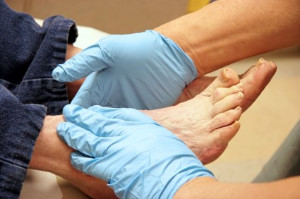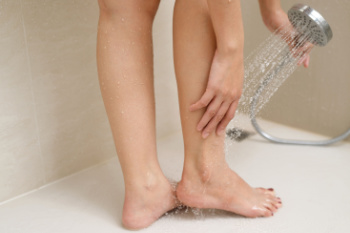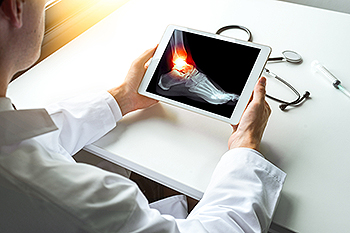
Surgical debridement is a critical procedure in foot wound care, involving the removal of dead, damaged, or infected tissue to promote healing. It is commonly used for severe wounds, ulcers, and burns where other methods may not be effective. During the procedure, a podiatrist uses surgical tools to carefully remove the affected tissue, ensuring that healthy tissue remains intact. This process helps to eliminate sources of infection and encourages the growth of new tissue. Surgical debridement can be performed in various settings, including hospitals, clinics, and specialized wound care centers. Depending on the extent of the wound, anesthesia may be necessary to minimize discomfort. After debridement, the wound is typically cleaned and dressed to prevent infection and support the healing process. Proper wound care and follow-up are essential for optimal outcomes following surgical debridement. If you have problematic foot wounds, it is strongly suggested that you schedule an appointment with a podiatrist to see if you can benefit from surgical debridement.
Limb salvage can be an effective way in preventing the need for limb amputation. If you have diabetes, cancer, or any other condition that could lead to foot amputation if left unchecked, consult with one of our podiatrists from Foot and Ankle Clinics, PA. Our doctors will assess your condition and provide you with quality foot and ankle treatment.
What Is Limb Salvage?
Limb salvage is the attempt of saving a limb, such as the foot from amputation. Podiatrists also try to make sure that there is enough function in the foot after the salvage that it is still usable. Diabetes is the number one cause of non-traumatic amputations in the United States. Those with diabetes experience poor blood circulation, which prevents proper healing of an ulcer. If the ulcer is left uncheck, it could become infected, which could result in the need for amputation.
However, there are other causes as well, such as cancer and traumatic injury. Links between higher mortality rates and amputation have been found. This translates into higher healthcare costs, and a reduced quality of life and mobility for amputees. Podiatrists have attempted to increase the prevalence of limb salvage in an attempt to solve these issues.
Diagnosis and Treatment
Limb salvage teams have grown in recent years that utilize a number of different treatments to save the infected limb. This includes podiatrists that specialize in wound care, rehabilitation, orthotics, and surgery. Through a combination of these methods, limb salvage has been found to be an effective treatment for infected limbs, and as an alternative to amputation. Podiatrists will first evaluate the potential for limb salvage and determine if the limb can be saved or must be amputated.
If you have any questions, please feel free to contact our offices located in Woodbury, West St. Paul, and Edina, MN . We offer the newest diagnostic and treatment technologies for all your foot care needs.







